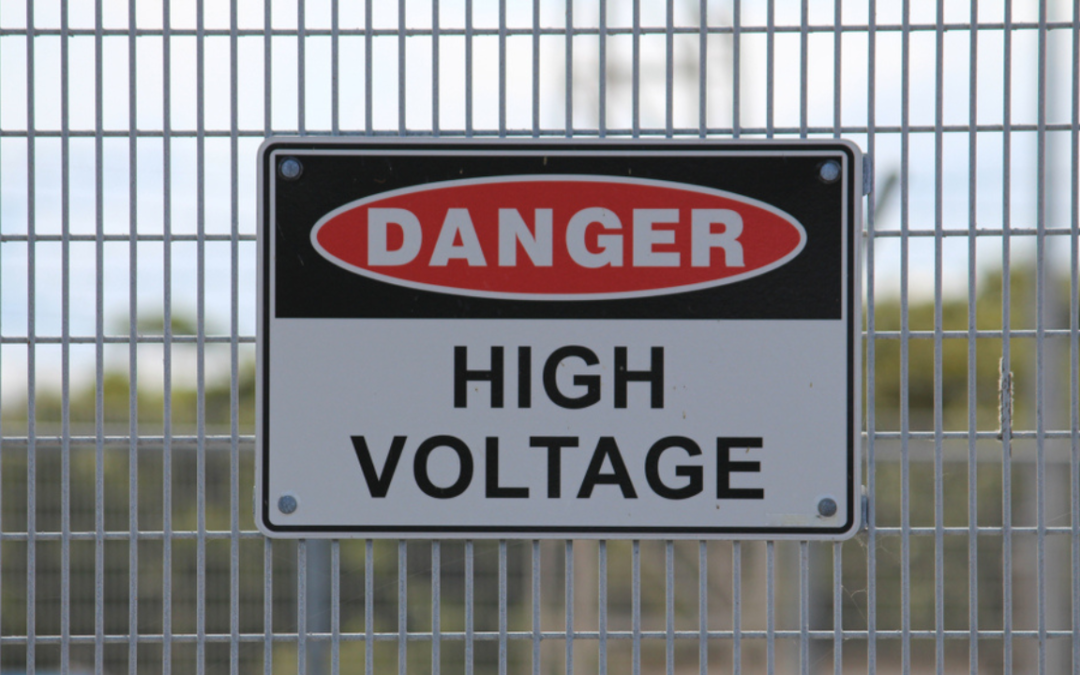Originally published to Project-Syndicate.org | March 19, 2015
The US Federal Reserve’s new policy statement will be widely discussed, as investors seek guidance on when and how quickly interest rates will be raised. Notably, the word “patient” does not appear; but the particular wording is far less telling than the context in which the statement is being released.
LONDON – The US Federal Reserve’s new policy statement will, as usual, be analyzed in excruciating detail in the days ahead, as investors seek guidance on when and how quickly interest rates will be raised. Notably, the word “patient” does not appear, and the Fed has signaled that it may raise its benchmark rate as early as June. But the particular wording is far less telling than the context in which the statement is being released.
In fact, uncertainty about monetary policy in the United States has been the leading driver of financial-market volatility this year. After all, the potential effect of interest-rate hikes on the US yield curve has a major impact on the pricing of all global assets.
But three factors suggest that investors are over-emphasizing the risk of a curve re-pricing. First, economic developments will likely lead the Fed to exhibit caution when it comes to the process of raising interest rates. Second, even if the Fed acts quickly, investor appetite for returns will anchor yields. Third, the technical features of the market will ensure strong demand for US Treasury bills.
Let us begin with the relevant economic developments. The consensus nowadays is that the US economy is growing steadily, with the leading indicators pointing toward further expansion, and labor-market data surpassing expectations. Job creation is strong, with total non-farm payroll employment having increased by 295,000 in February and the unemployment rate falling yet again, to just 5.5%.
But some indicators still have the Fed concerned. The Personal Consumption Expenditures deflator remains well below the 2% target. The core consumer price index, to be released next week, is expected to show a year-on-year increase of just 1.7% – or even less, if the lower oil price feeds through from headline to core CPI. And real wage growth stands at less than 2%, which is below the level deemed necessary by the Fed to underpin a sustainable acceleration in consumer spending.
On top of already modest inflation expectations – characterized by a five-year break-even inflation rate of 1.9% – the dollar has appreciated by around 10% this year, and by almost 25% since the beginning of last year. Given the deflationary impact of a stronger currency – and the Fed’s general intolerance of deflation – there is good reason to believe that the Fed will exercise caution in raising interest rates.
Even if the Fed ignores deflationary pressure and hikes interest rates more quickly, medium- and long-term rates are still likely to be anchored, given how little yield is available elsewhere in the world. Yields on German Bunds are now negative out to eight years. In Europe’s peripheral economies, ten-year yields are edging closer to 1%, as the European Central Bank pursues a €1.1 trillion ($1.3 trillion) quantitative-easing program. And, in Japan, ten-year yields are below 0.4%.
Lending to the emerging economies is hardly attractive, either, with even the riskiest economies offering low hard-currency yields. Indeed, even Russia – whose military intervention in Ukraine has led the West to impose strict economic sanctions – offers annual yield of less than 6% on ten-year bonds.
Given such low yields in most of the world, investors will be eager to take advantage of the relative value opportunity offered by rising US interest rates. Add to that America’s safe-haven status, and the fact that any re-pricing of US rates surely would reflect an economic resurgence, and the bid for US Treasuries should be exceptionally strong. In this context, interest rates would remain capped, mitigating the risk of a disorderly bond-market sell-off.
The final, technical reason why interest rates are not likely to rise excessively is that years of central-bank purchases and a shrinking US budget deficit have made US Treasuries scarce. Indeed, so-called “repo” activity – that is, the sale of a US Treasury obligation that the seller promises to buy back later at a slightly higher price – has declined considerably, with the balance of such transactions having fallen from $5 trillion before the crisis to $2.5 trillion today. Both the two-year and five-year US repo rates have been pushed periodically into negative territory, owing to the combined effects of risk-averse behavior, investor deleveraging, and stricter banking regulation.
Though US monetary policy undoubtedly exerts significant influence on global markets, fears surrounding the direction of US interest rates may be overdone. Though the Fed may no longer be promising patience, the current financial environment implies that investors should not, for the time being, anticipate a major hike.



